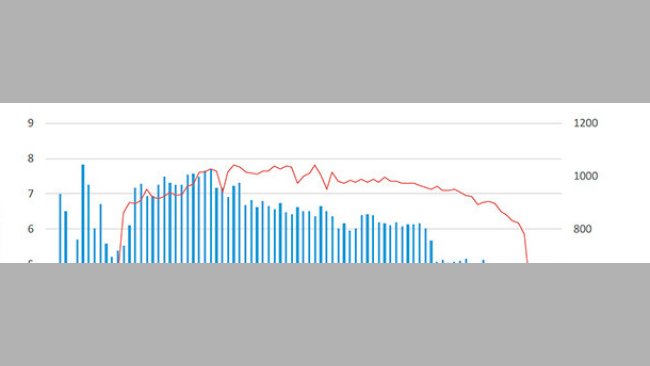
The Internet of (swine) Things II
We present the first results obtained by cross-matching data from different sources: production / reproduction data with data from feeding machines.


We present the first results obtained by cross-matching data from different sources: production / reproduction data with data from feeding machines.

A new revolution is about to reach the swine sector, we are talking about new information management.
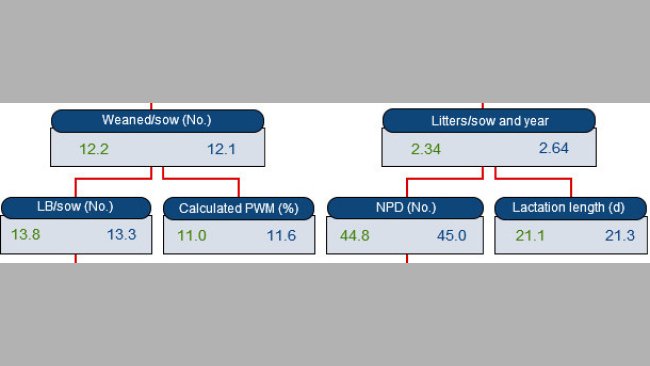
This article explains how the massive use of hormones helps synchronize heats and farrowings when workload scheduling, synchronization and production rates stability are priorities.
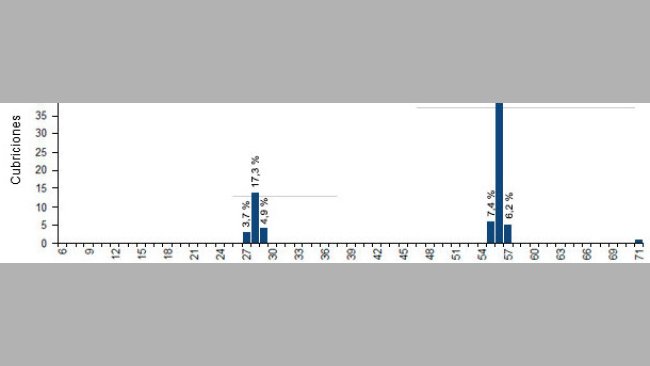
A strict schedule allows us to concentrate all the important events, and time periods where more attention/work is required, within the working days.
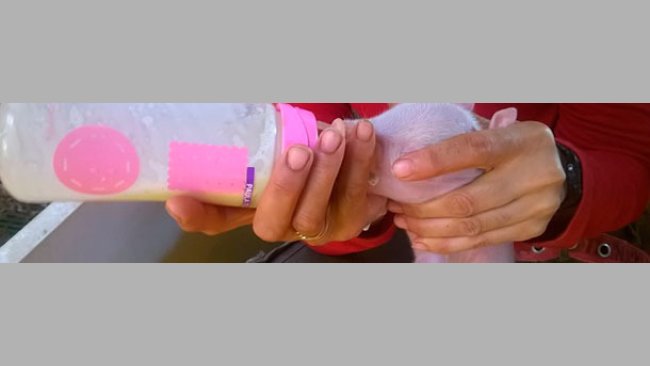
Thanks to the combination of a decrease in the number of stillborn and an almost 30% decrease of preweaning mortality (down to 10.2%), the ultimate goal is finally achieved: to wean an additional piglet per sow.
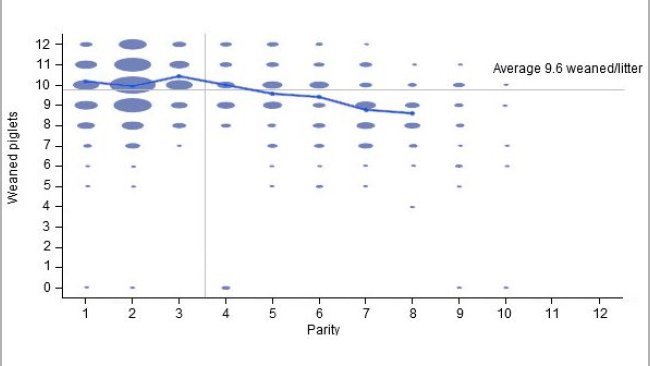
As you probably know, the name pig333 web comes from the length of the sow's gestation, which is "3 months, 3 weeks and 3 days". This paper proposes the necessity to review the length of gestation on our farm.
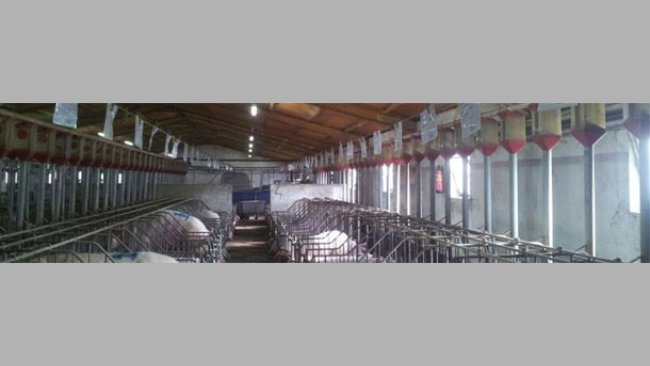
After checking that our farm loses days in the servicing of the gilts, the detection of empty sows housed in yards and the culling (sending of the sows to the abattoir), we propose a package of measures…
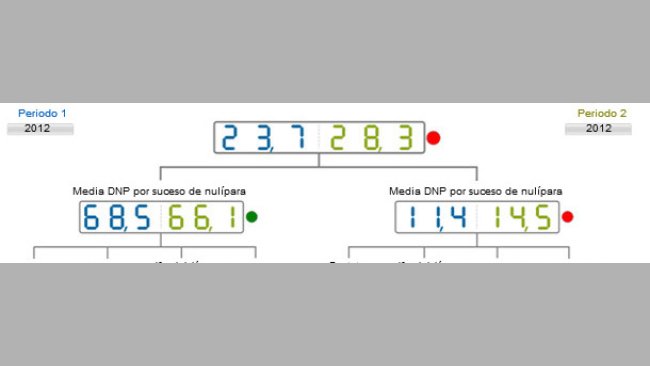
Let us see the case of a farm with 5 non-productive days more than the average of the farms with the same profile. Where are these days lost?
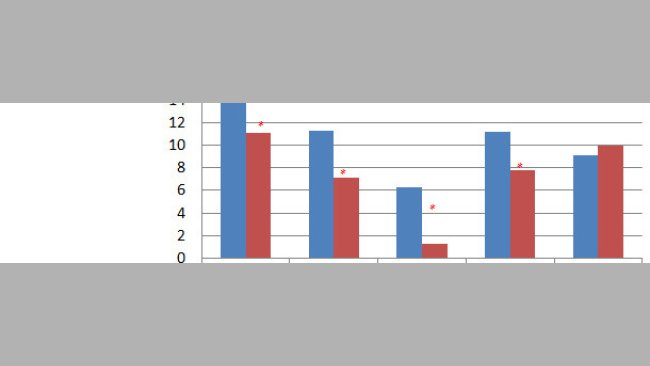
The results reveal that the stress that the sows due to excessive interventions around the moment of the farrowing causes a clear increase in the pre-weaning mortality.
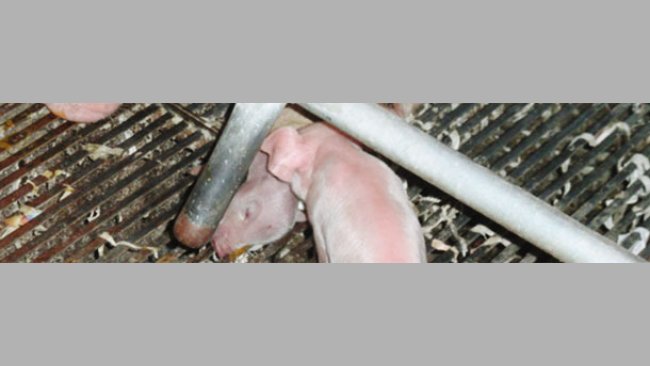
We saw aggressiveness in the sows, and we suspected that it could have been caused by the handling around the moment of the farrowing. We decided to register and analyze the data relative to the handling in order to confirm our suspicions.
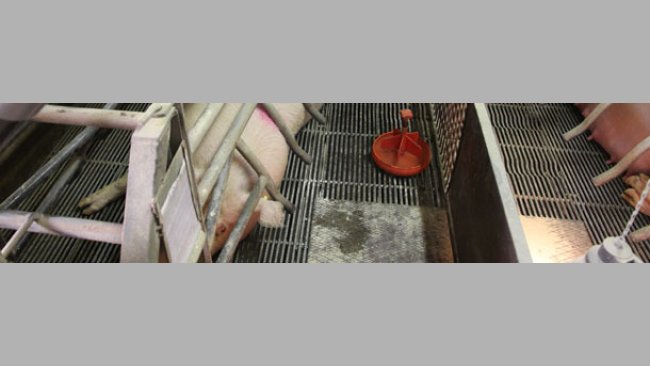
The farrowing interval is one of the production parameters more commonly used as an indicator of the production efficiency of a farm.
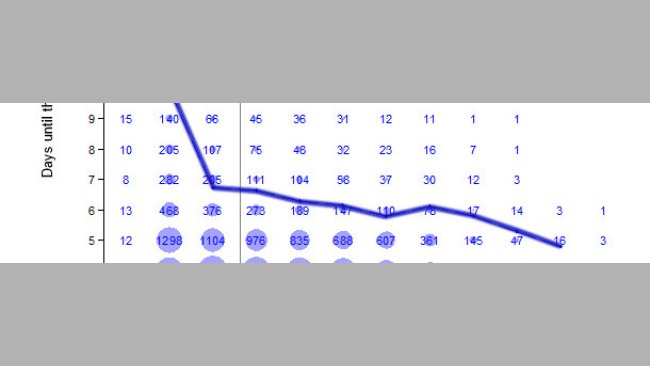
Which factors affect the WTSI? Among the factors with a biggest influence we have: inadequate intake during lactation, season of the year, and length of the lactation.
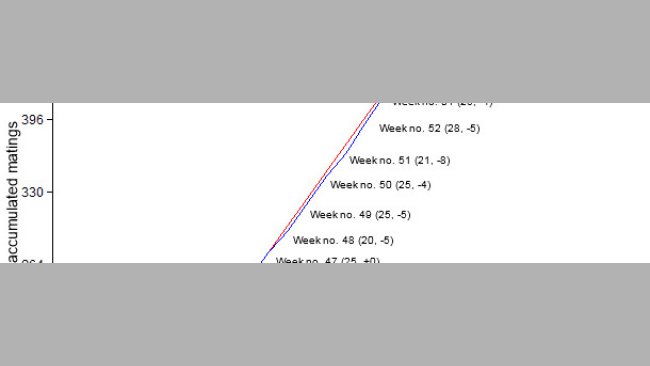
In order to keep the population of the different kinds of animals constant, the flows of pigs must be constant. This is, we must keep the production pace of the farm.
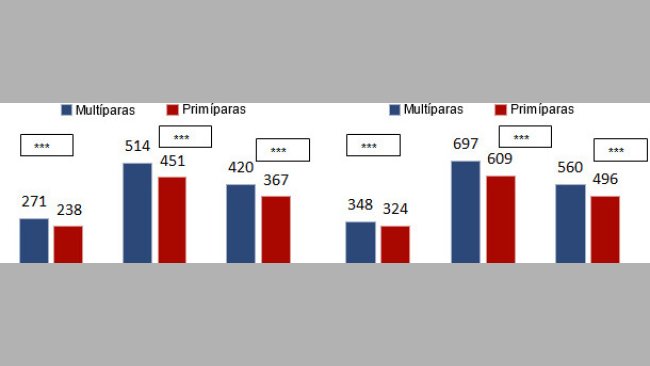
The piglets born to primiparous sows show a worse performance during the nursery stage and a twofold risk of dying than the piglets born to multiparous sows.

Small piglets with a low viability are a growing problem, and they represent one of the main causes of pre-weaning mortality.
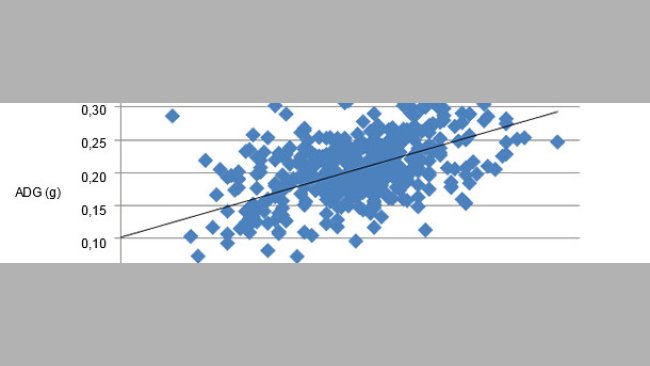
The improvement in prolificacy seems to be linked, in many cases, to a lower uniformity of the weights at birth.
Welcome to 333
Connect, share, and interact with the largest community of professionals in the swine industry.
Celebrating 169090Users on 333!
Sign upAlready a member?